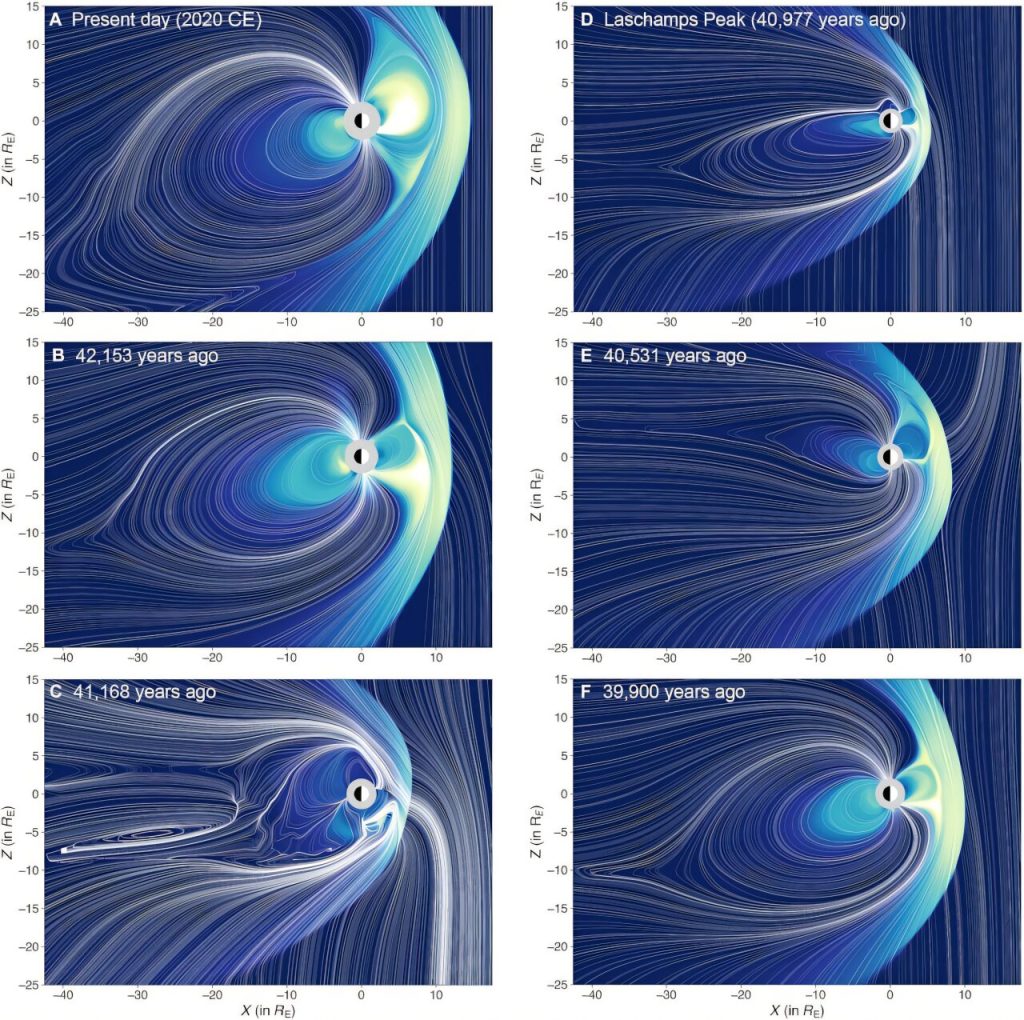Curiosity about Neanderthals is piqued by their mysterious existence and eventual disappearance from the Earth. Recent research has sparked fresh discussions, suggesting that significant geological events may have influenced their fate. Let’s unravel this captivating story together!
The Enigma of Neanderthals
For years, Neanderthals have posed a puzzle for scientists, generating questions about their evolution, lifestyle, and what ultimately led to their decline. These prehistoric humans lived alongside our ancestors, Homo sapiens, and recent studies are challenging long-held assumptions about their survival.
A Magnetic Shift in Time
Research by scientist Agnit Mukhopadhyay brings a new variable into the story: a phenomenon known as the Laschamp event. This event, which occurred around 41,000 years ago, involved a dramatic shift in Earth’s magnetic poles. Mukhopadhyay suggests that this magnetic turmoil weakened our planet’s protective shield, exposing the environment to heightened levels of cosmic radiation.
Imagine how dramatic changes in the environment could have impacted Neanderthals! With increased radiation potentially causing harsher living conditions, Homo sapiens might have had the upper hand simply because they were able to adapt better to the shifting world around them.
The Sapiens Edge
Homo sapiens seemed to have a toolkit of advantages. They were likely wearing close-fitting clothing, utilizing ocher as a ”prehistoric sunscreen” against harmful rays, and seeking refuge in caves. Interestingly, archaeological evidence shows that both Neanderthals and our ancestors shared living spaces at various times.
This hypothesis, while captivating, is grounded in debates about Neanderthal clothing. It’s uncertain whether these ancient humans wore tight garments. Although sewing needles have yet to be definitively linked to Neanderthals, that doesn’t mean they lacked fashion completely! They may have employed different methods for crafting clothing to cope with frigid conditions.
Tech and Tactics
Moreover, technology also played a significant role. Neanderthals are not known to have created long-range weapons, which likely challenged their hunting efficiency. On the other hand, Homo sapiens developed tools that gave them a distinct advantage when hunting in various environments, boosting their odds of survival.
Unraveling Myths
While Mukhopadhyay’s theory is intriguing, it oversimplifies a complex issue. No direct evidence links the Laschamp event to a dramatic decline in Neanderthal populations at that time. Additionally, if harsh solar exposure were solely to blame, similar effects would likely have been seen in other groups, including the more plentiful Homo sapiens in warmer regions who had different forms of protection.
A Legacy of Survival
Neanderthals were not simple victims of their environment. They thrived for more than 300,000 years, making sophisticated tools and exhibiting cultural complexity. The reality may be far more nuanced than one significant event deciding their fate.
So, did a shift in Earth’s magnetic poles trigger the Neanderthals’ decline? It appears more likely that they simply faced a multitude of challenges—environmental, technological, and social—that collectively influenced their eventual fate.
More information:
Agnit Mukhopadhyay et al, Wandering of the auroral oval 41,000 years ago, Science Advances (2025). DOI: 10.1126/sciadv.adq7275
This article is republished from The Conversation under a Creative Commons license. Read the original article.
If you would like to see similar science posts like this, click here & share this article with your friends!



